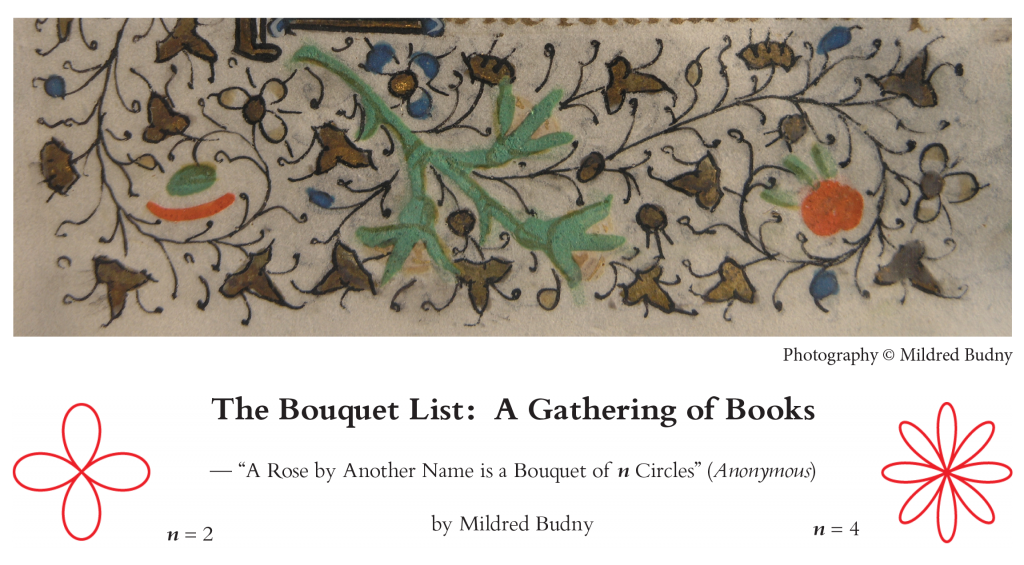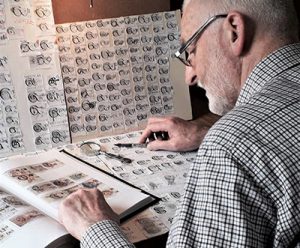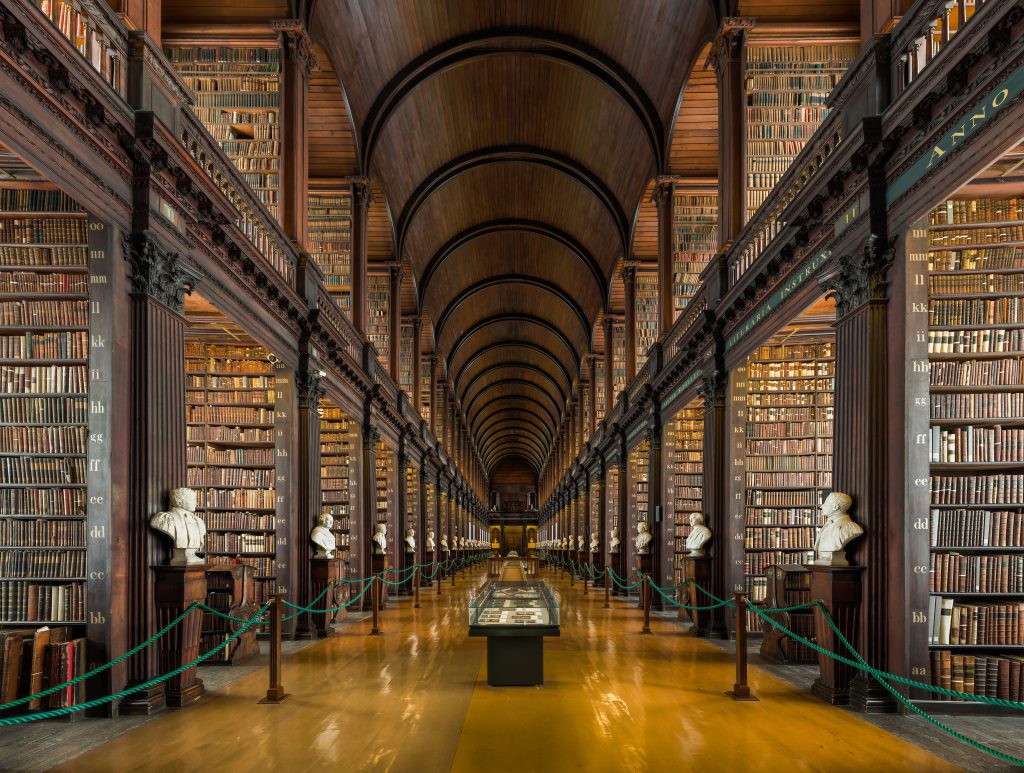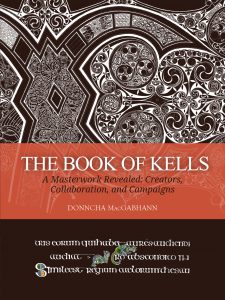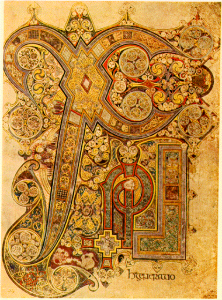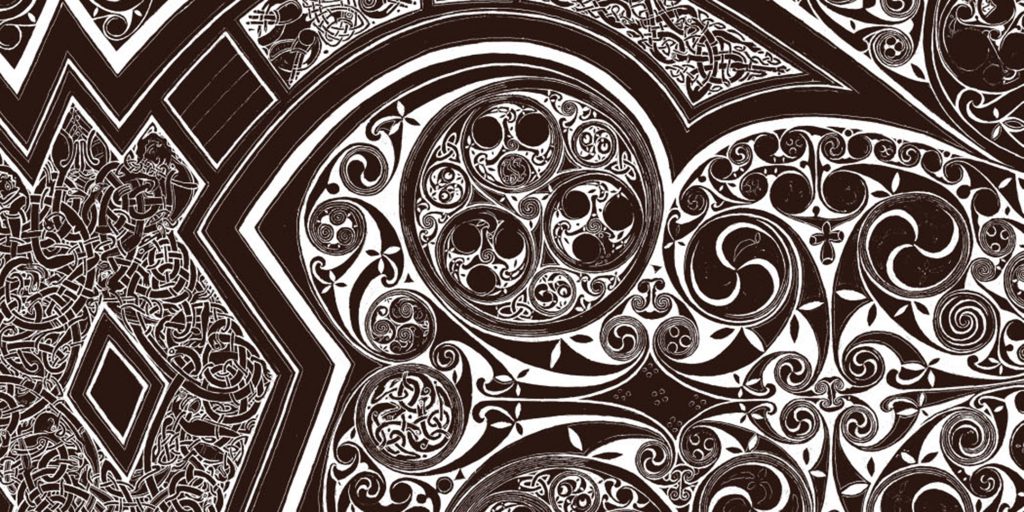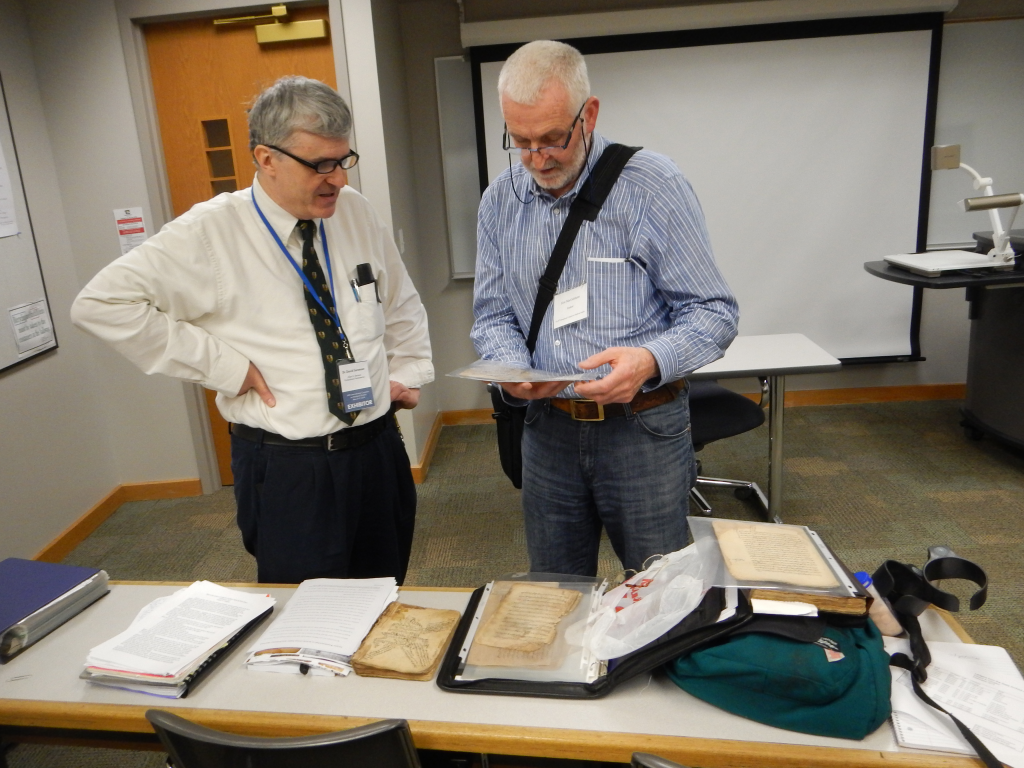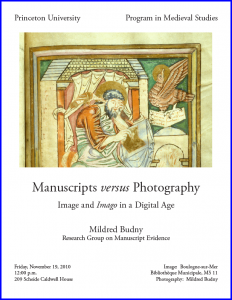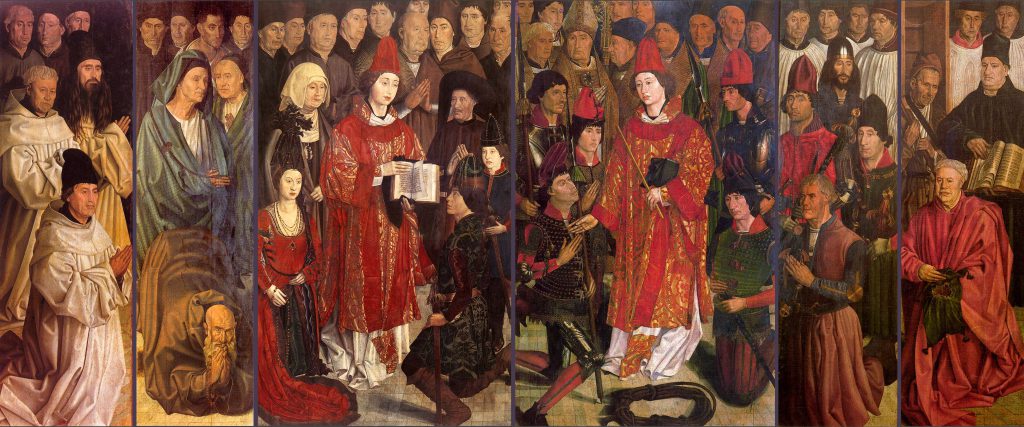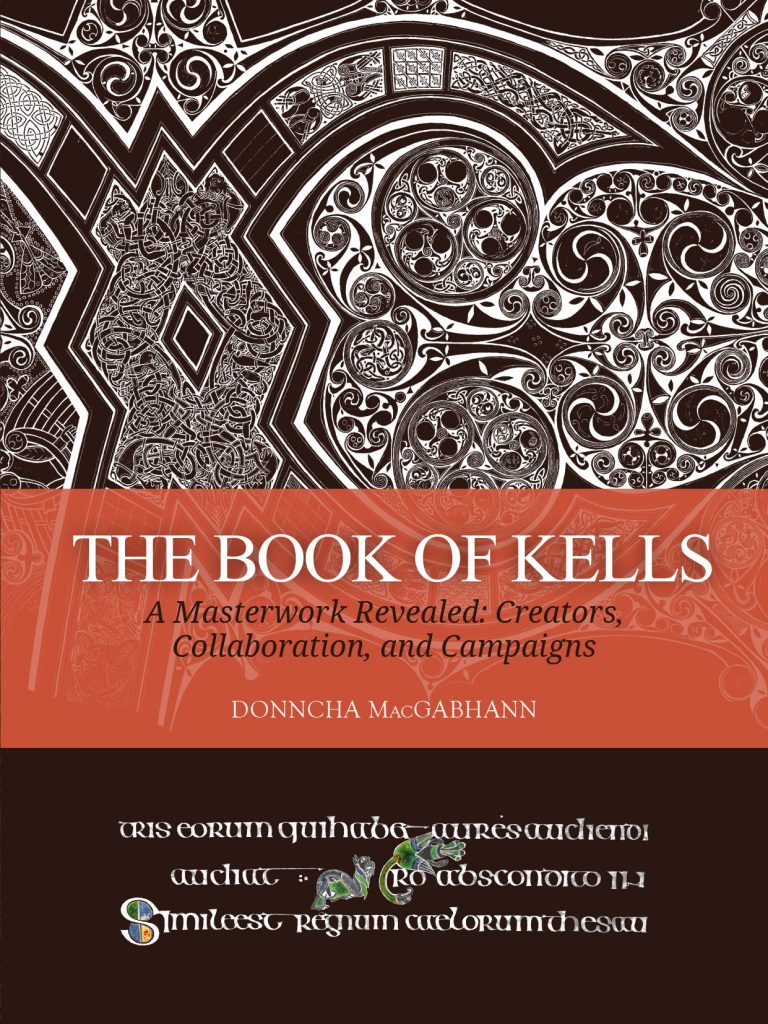ShelfMarks Issue 2 (Volume 2, Number 1 for Winter 2022–2023)
December 13, 2022 in ShelfMarks the RGME Newsletter
Our occasional RGME-Newsletter resumes
Announcing:
Issue 2
Volume 2, Number 1 (Winter 2022–2023)
[Posted on 10 December 2022]
ShelfMarks, the occasional RGME Newsletter, experienced a long interval between Volumes 1 and 2: Issues 1 and 2, respectively for Autumn 2014 and Winter 2022–2023. The first was published on 8 October 2014. Issue 2 appears, at last, in December 2022.
In between, the RGME had to turn to many other tasks — their work and results are reported among, for example, our Events and blogs on Manuscript Studies and our activities at the International Congress on Medieval Studies — and to await the help of a new Co-Editor. Now, with the formation of the new Editorial Committee in 2022 and many other activities, both resumed and transformed or newly adopted, we turn again to our occasional Newsletter and e-Newsletter, with the help of an Editorial Team.
Issue 2 is freely available for download as a pdf. See below.
Our Newsletter
Our Newsletter and e-Newsletter ShelfMarks stands among our various Publications, both online and in print. It aims to report activities, work-in-progress, research results, discoveries, questions, reviews, and news. The alternate forms in print and digital transmission allows our RGME-Newletter to appear by email, on screens, and it print.

Opening Page of ‘ShelfMarks’ Issue 1 (Autumn 2014).
The printed version of ShelfMarks displays our own font Bembino and our design layout, set out page by page in full. (8 pages in both the first and second Issues.) Its PDF form preserves the layout which we created.
The EMAIL version, formerly circulated via MailChimp, provides excerpts and highlights, with links in further directions, set out in web form — plus some images of its own.
To distinguish between these forms, as an aid to bibliographers, book-lovers, and all of our friends, we think of the e-version as a form of ShelfTags for ShelfMarks. The e-version provides a summary, with illustrations, of what is happening in the Research Group on Manuscript Evidence.
ShelfMarks (Print)
ISSN 2377-4096
[ShelfTags for] ShelfMarks (Online)
ISSN 2377-4118
We invite you to explore further, and to join the conversation.
Issue 1 of our Newsletter was edited by Mildred Budny and Jim Tigwell.
Issue 2 is compiled, edited, and partly written by Mildred Budny. An Editorial Team, with members of the RGME Editorial Committee, aided the work immeasurably.
Please send items, announcements, suggestions for book reviews, and conference or exhibition listings to the Editors: director@manuscriptevidence.org.
To subscribe, contact director@manuscriptevidence.org.
*****
Contents of Issue 2: Volume 2, Number 1 (Winter 2022–2023)

Private Collection, MS 1, Folio ‘130’ recto, detail. Photography by Mildred Budny.
1) “The Director’s Cut”
Highlights of RGME activities since Issue 1, described by our Director
Between Issue 1 (Volume 1, Number 1 for Autumn 2014) and Issue 2 (Volume 2, Number 1 for Winter 2022–2023), we greatly developed the scope of our redesigned Website, with active blogs on Manuscript Studies and on our activities at the International Congress on Medieval Studies (ICMS). The website describes our projects and publications, offers galleries of images, and reports our events. It also provides open access to many of our Publications, including our own multi-lingual font Bembino (now in Version 1.6).
Besides our sponsored and co-sponsored Sessions (as well as Receptions and Open Business Meetings) at the ICMS, developments include organizing Symposia and other events, for which we began to publish Posters and illustrated Booklets. New genres also have emerged:
1) Research Booklets and Program Booklets
2) Interviews and Surveys
3) A Gallery of specimens (mostly hitherto unpublished) for Watermarks and the History of Paper
4) Episodes for “The Research Group Speaks“
5) Pre-Congress Business Meetings, held online for our wider audience
Since 2020, when our Spring Symposium had to be cancelled, we turned at first, after publishing its Program Booklet anyway, to reporting a backlog of discoveries for our blog on Manuscript Studies. By 2021, our online activities began in May with the revived ICMS (cancelled in 2020) and a Pre-Congress Business Meeting to plan beforehand. In July, an online Interview with Barbara Williams Ellertson (about her interests in books and the formation of the BASIRA Project) launched the series wherein “The Research Group Speaks”. By November 2022, the series had reached Episode 9; more are planned.
In 2022, we resumed our Symposia, online, before the opportunity for in-person events returns. For the first time, we held two Symposia in a single year. Thus began the paired Spring and Autumn Symposia devoted to a shared theme: “Structured Knowledge” in 2022, and, planned for 2024, “Materials and Access”. With the 2022 Autumn Symposium, we resumed the preparation and publication of its illustrated Booklet, in 54 pages.
Issue 2 of the RGME Newsletter joins this spirit, and this accomplishment, of revivals. They form part of the work toward 2023 and beyond. For our Anniversary Year in 2024, the RGME would celebrate
1) 25 years as a nonprofit educational corporation, officially recognized as a 501(c)(3) organization based in Princeton, New Jersey
2) 35 years as an international scholarly society, founded in the United Kingdom as part of a collaborative research project (1987–1994) at Corpus Christi College in the University of Cambridge
Like Issue 1 , Issue 2 offers the opportunity to celebrate and advance our activities.
2) “The Bouquet List: A Gathering of Books”
The second in the series of reviews by Mildred Budny
The title alludes to the widespread medieval genre of florilegia (“gatherings of flowers”). We may think of the blooms in our gatherings as forms of Bouquets of Circles, or roses, in a mathematical sense, relating to overlapping or interlinked circles or ovals joined at a center.
The series is designed mainly for notices of books prepared by, or partly by, RGME Associates, Officers, and Volunteers, or related to RGME events. The books under consideration in this issue (with RGME names in bold):
- Gregory T. Clark, Art in a Time of War: The Master of Morgan 453 and Manuscript Illumination in Paris during the English Occupation (1419-1435) (Toronto: Pontifical Institute of Mediaeval Studies, 2016). ISBN 978-0-88844-197-3.
- Tributes to Adelaide Bennett Hagens: Manuscripts, Iconography, and the Medieval Viewer, edited by Pamela A. Patton and Judith K. Golden (London and Turnhout: Harvey Miller Publications, 2017). ISBN 978-1-909400-79-5.
- Celia Chazelle , The Codex Amiatinus and its Sister Bibles: Scripture, Liturgy, and Art in the Milieu of the Venerable Bede (Leiden: Brill, 2019). ISBN 978-90-39013-3.
- Dan Attrell and David Porreca, Picatrix: A Medieval Treatise on Astral Magic, translated with an Introduction (University Park: Penn State Press, 2019). ISBN 978-0-271-08212-7.
- Michael A. Conrad, Ludische Prais und Kontingenz-bewältigung im Spielebuch Alfons’ X. und anderen Quellen des 13. Jahrhunderts. Spiel als Modell guten Entscheidens (Berlin: De Gruyter, 2022). ISBN 978-3-11-076440-6.
- Donncha MacGabhann, The Book of Kells: A Masterwork Revealed (Leiden: Sidestone Press, 2022). ISBN 978-9-46-426123-3.

Folio 5r from the Codex Amiatinus (Florence, Biblioteca Medicea Laurenziana, MS Amiatinus 1). Image via Creative Commons.
3)”Links to Explore”
Directions for web-references in the form of endnotes.
[Note:
Over time, and with changes in the names or structures of organizations or services, some links in the list for Issue 1 (see ShelfMarks) became unusable. We try to remedy the lapses where they come to notice.]
4) “The 2022 RGME Participants’ Survey”
A report by the Editorial Team, showing that Your Voices are Heard.
In 2022, the RGME carried out two Surveys. The first addressed the Editorial Committee (a creation of 2022), while the second turned to our wider audience of Participants. Prepared by Jessica L. Savage (who designed the Surveys), the Reports of Responses to both Surveys in turn showed a broad range of interests, which may guide planning for future events and topics, and offers to present at RGME events and to help in other ways.
We thank the Respondents for their comments, suggestions, and wishes.

Word Cloud of Responses to the 2022 Editorial Committee Survey. Prepared by Jessica L. Savage.
The Tradition Resumes
For comparison, and as a demonstration of continuity within change, we exhibit the front pages, or covers, of Issues 1 and 2. Gladly, after eagerly awaiting its appearance, we welcome Issue 2 into the fold of RGME Publications.
Issue 1:
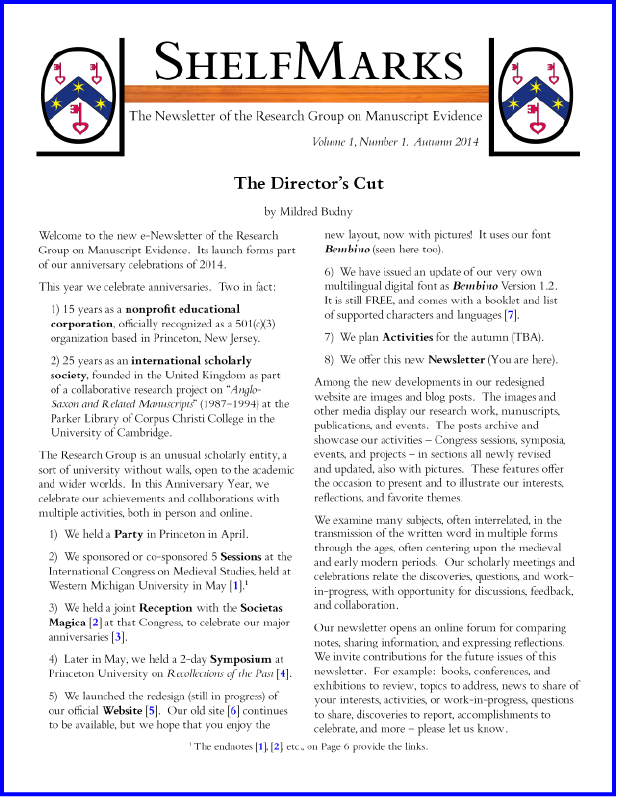
Opening Page of ‘ShelfMarks’ 1
Issue 2:

ShelfMarks Issue 2, Page 1 (Front Cover)
Printed Version of ShelfMarks
The PDF version of this issue is available for download here. (Issue 1 is here.)
Issue 2. We offer its pdf (8 pages in quarto format) in two versions.
- As consecutive pages (eight 8 1/2″ × 11″ sheets)
- As a foldable booklet (printable on two 11 1/2″ × 17″ sheets, to be folded in half)
Please note: If you click to open the PDF in your browser, it may strip out the links. We suggest that you download the PDF and open it in Acrobat Reader to activate the hyperlinks.
Email Version of ShelfMarks
The EMAIL version, as a form of ShelfTags for ShelfMarks, with some extra images, is available here.
Remember, you may Subscribe here.
Please Contact us or leave Comments here with your questions, suggestions, and comments.

*****


